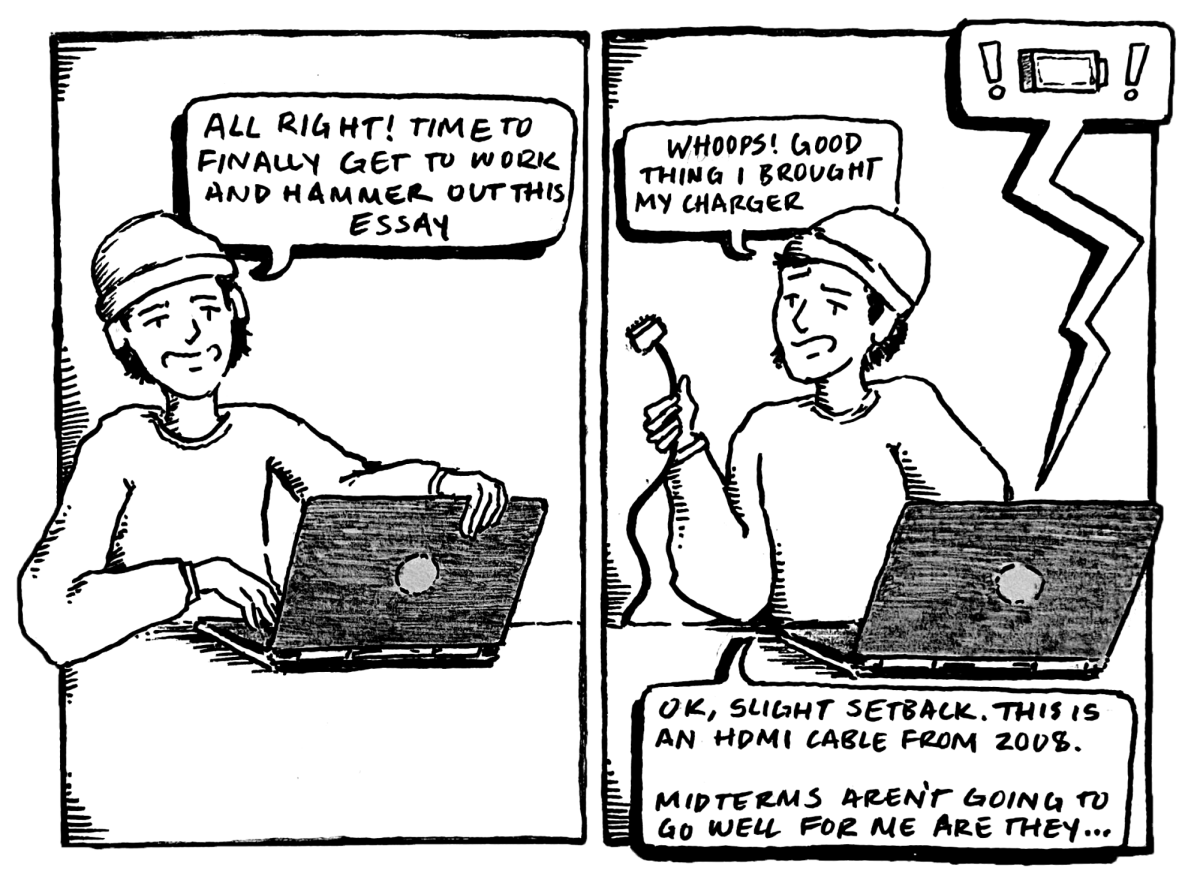Internet Levels Authority in Media Industry
March 10, 2017
The New York Times ran an ad during the Oscars two weeks ago, featuring the words “The truth is…” followed by various assertions made by political candidates and pundits over the past year. The final line read “The truth is hard.” The commercial is part of a new Times campaign painting the newspaper as a protector of truth, with other billboards and online ads featuring the word “truth” in bold with the byline “it’s more important now than ever” or “it needs your support.” The campaign is a reaction to the “fake news” debacle that gained attention following Trump’s win, as well as an attempt to regain ground now that President Donald Trump has commandeered the term “fake news” to discredit any critical coverage.
But what is really interesting about the Times’ ad is that it locks onto the idea that truth is in flux nowadays — not only due to the recent “fake news” scare and Trump’s general distaste for free media, but also with the cumulative effect of the internet on the media over the past few years. Media as a whole broadened in scope due to the internet, and the influx of this new content has forced traditional media to compete in a tighter market. And while some traditional media outlets are still maintaining their place, many are struggling. The Pew Research Center released a study last year tracking the overall business of print journalism and found that advertising revenue has steadily dropped since 2004 and still continues to decrease. Digital ads are somewhat more profitable, but physical circulation numbers have flatlined.
The overall influence of a single media outlet is lower than ever. TV, the most popular medium for news today, has its viewership almost split in thirds between local news, network shows and cable, with cable diced up again between CNN, MSNBC and Fox. And now that 62 percent of Americans get news through social media, the media landscape is rendered even more horizontal. As a result, authority is leveled in the media. Truth is not as easy to differentiate as editorial influence moves from newsrooms in New York to Facebook’s content-viewing algorithms.
The “truth” that The New York Times refers to encompasses empirical truth, the who, what, when, where, why “whole story” we’re familiar with. As media atomizes and broadens, subjective standards of journalism are likewise challenged and broadened. Subjective standards are the values of each media organization, values that determine which narratives to focus on, how to treat important characters, and even subtleties in language; the smallest expressions through rhetoric or prose can make huge differences for a story. It takes a mix of the empirical and subjective to create what feels most true to people. But in the world of news media, where everyone is theoretically striving to cover the same empirical truth, it becomes ever more important to craft a unique subjective truth that will match the values of a reliable chunk of people in the market for media.
Ideally, this would be done in a way that promotes greater journalistic integrity and understanding, where competing media outlets could create their niche by providing sides to the story that their competitors did not cover. In the real world, outlets are forced to compete against other outlets and their values, lest their competitors control truth telling. Media outlets fight for their truth, which can undermine their ability to tell the whole truth as they neglect certain perspectives, and politics is undermined as a result.


















